How Biophilic Architecture and Louvres Redefine Indoor-Outdoor Living
Written by
21 January 2025
•
3 min read
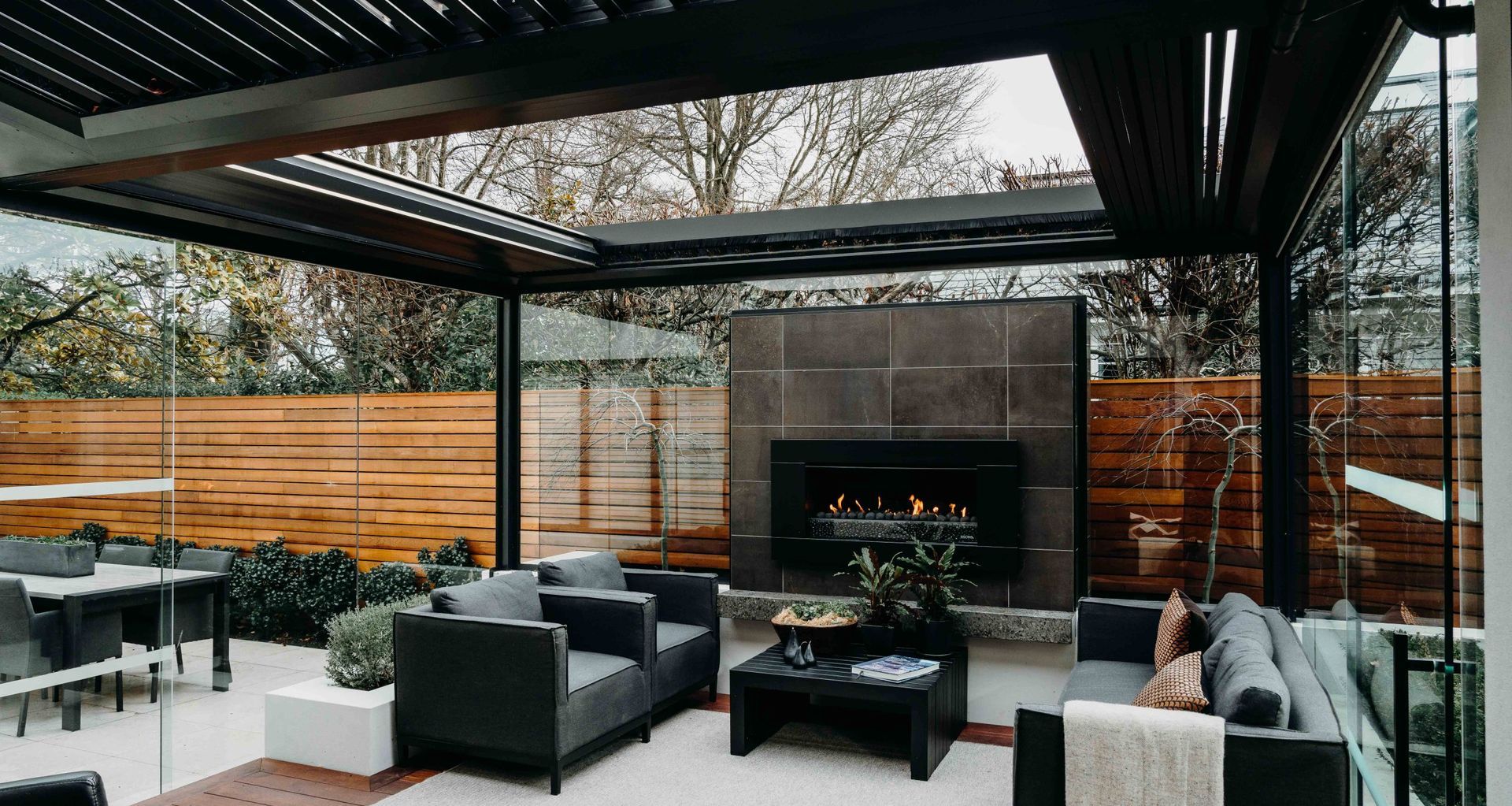
Biophilic architecture is a design philosophy that brings the wonder of the outdoors into your home, fostering a harmonious connection between you and nature. At the heart of this philosophy, louvres are proving to be the unsung heroes, effortlessly merging indoor comfort with outdoor tranquillity.
Based in Auckland and Christchurch but serving nationwide, Johnson & Couzins is a go-to for innovative Sky Louvre solutions, offering frameless glass and adjustable roof systems, perfect for achieving indoor-outdoor living. By extending your home’s roofline with a louvre system and incorporating frameless glass sliding doors, you can create a seamless transition between your indoor and outdoor areas - this design not only expands your living space but also turns outdoor environments into functional extensions of your home. We spoke with Tanu Srivastav, Marketing Manager of Johnson & Couzins, about the marvels of this architectural pairing, discussed alternative methods to bridging the indoor-outdoor gap, and looked to the future, exploring upcoming trends in biophilic design.
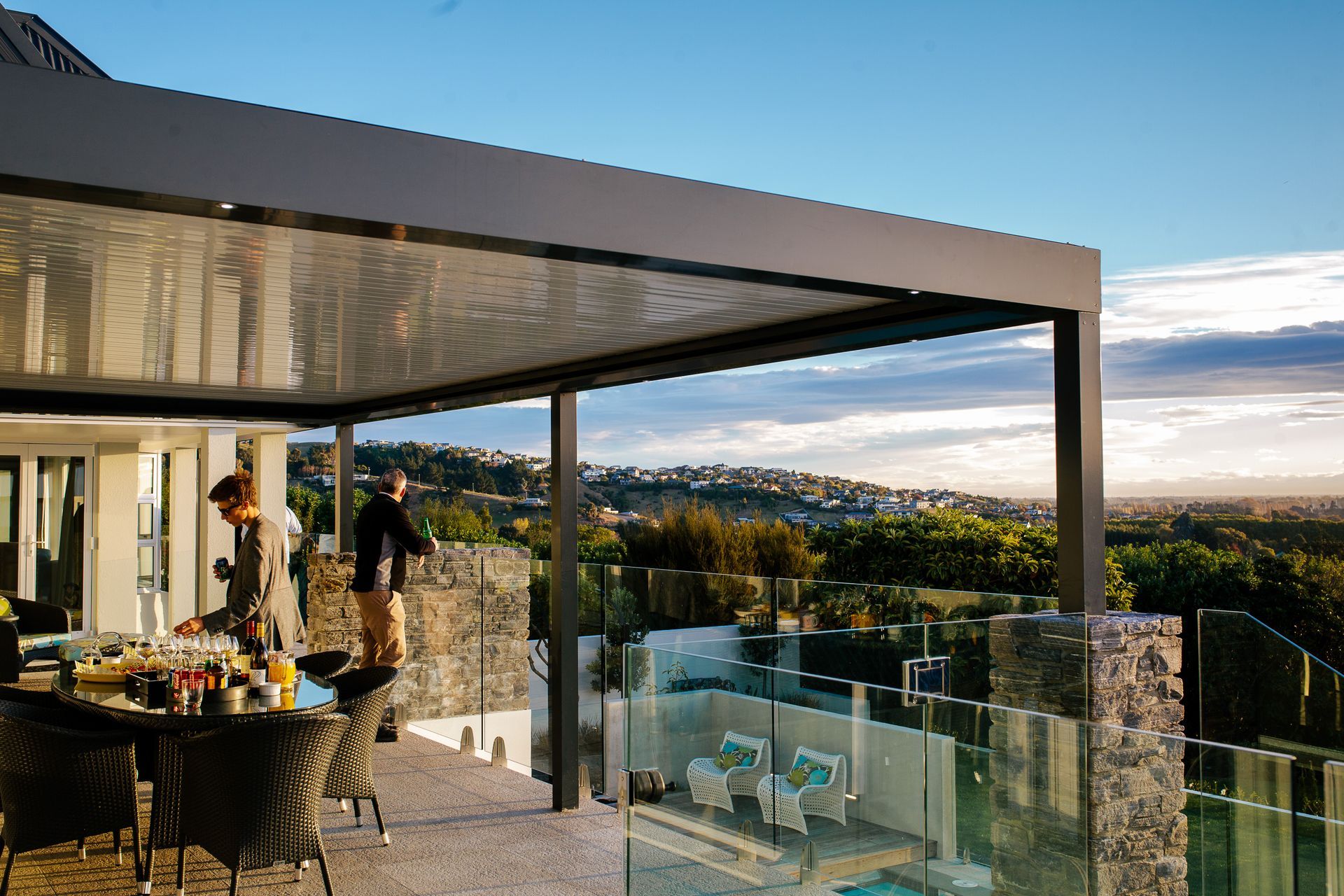
Biophilic connections and a seamless flow of space at home
Biophilic architecture, which fosters a deep connection to nature, has become a popular trend in modern home design, and for good reason. “People are increasingly looking for ways to integrate the outdoors into their daily lives,” explains Tanu. “Louvres play a significant role here, allowing homeowners to enjoy sunlight, fresh air, and even the sound of rain without the discomfort of extreme weather.” Louvres also offer control over light and ventilation, creating spaces that are not only functional but bring a lifestyle upgrade. “With louvres, you can transform an outdoor area into a tranquil retreat. They’re versatile enough to shield you from heat while still letting in natural light.”
Louvres, when paired with frameless glass and sliding doors, blur the lines between indoor and outdoor living. “Frameless glass is all about connection,” says Tanu. “It provides uninterrupted views of your garden or landscape, creating the illusion of a larger space while keeping you protected from the elements.” This pairing promises to make outdoor spaces feel like an integral part of the home. “When you combine louvres with frameless glass, you’re not just extending your home—you’re elevating it,” Tanu says. They bring together a harmonious balance between natural light, fresh air and comfortable shelter, the trifecta for achieving the comfort of biophilic design.
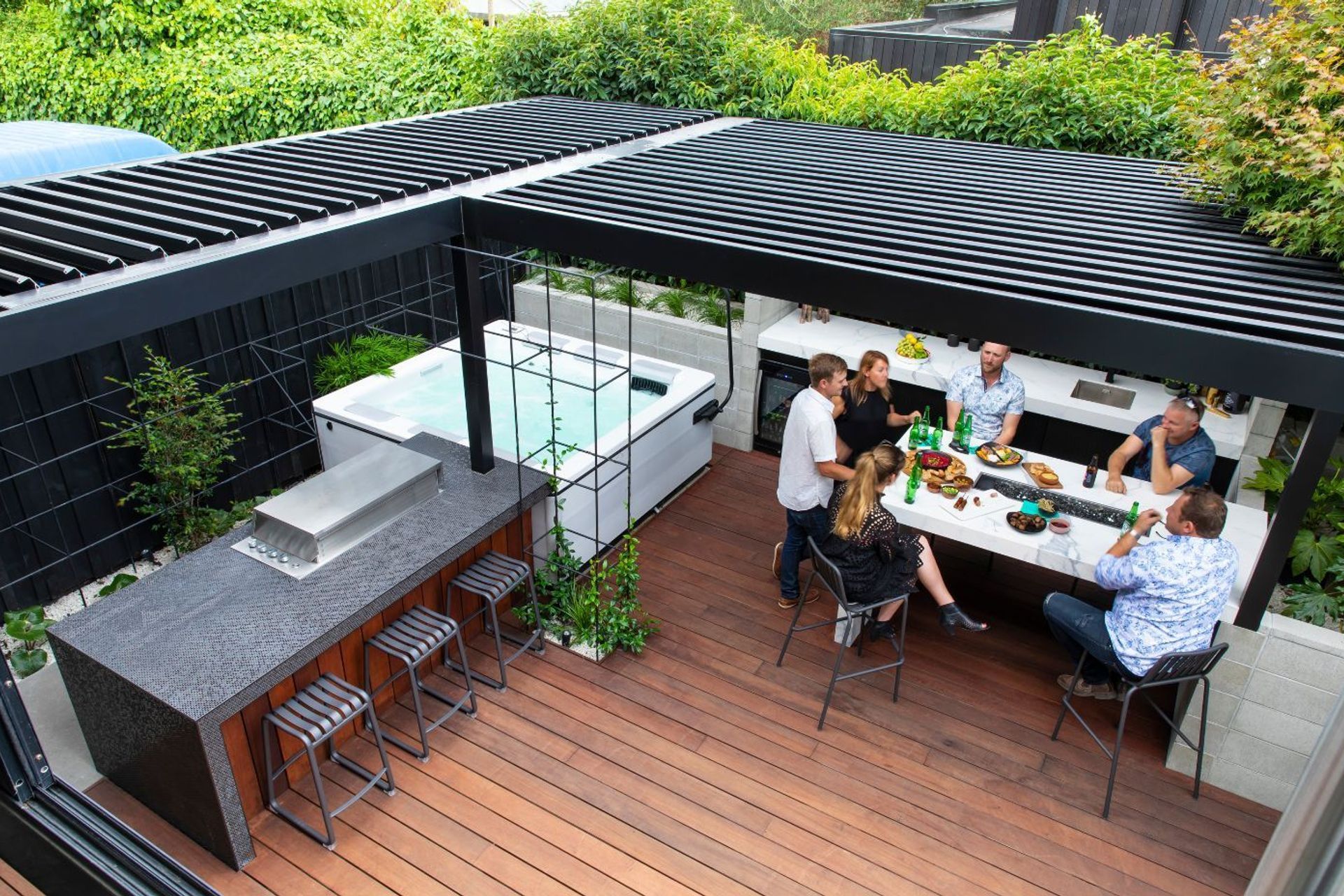
Enhancing the indoor-outdoor relationship
There are other ways to enhance the relationship between indoor and outdoor spaces, such as adding timber decks and thoughtful outdoor furniture. Tanu says, “A timber deck acts as a natural bridge, seamlessly connecting the two spaces. When paired with weather-resistant furniture, you can create an inviting area perfect for relaxation or entertaining.”
She also mentions that frameless glass enclosures are also increasingly being used to create cosy outdoor havens. “These enclosures allow you to enjoy your surroundings without sacrificing comfort or quiet. It’s a great way to bring the beauty of nature into your everyday life.”
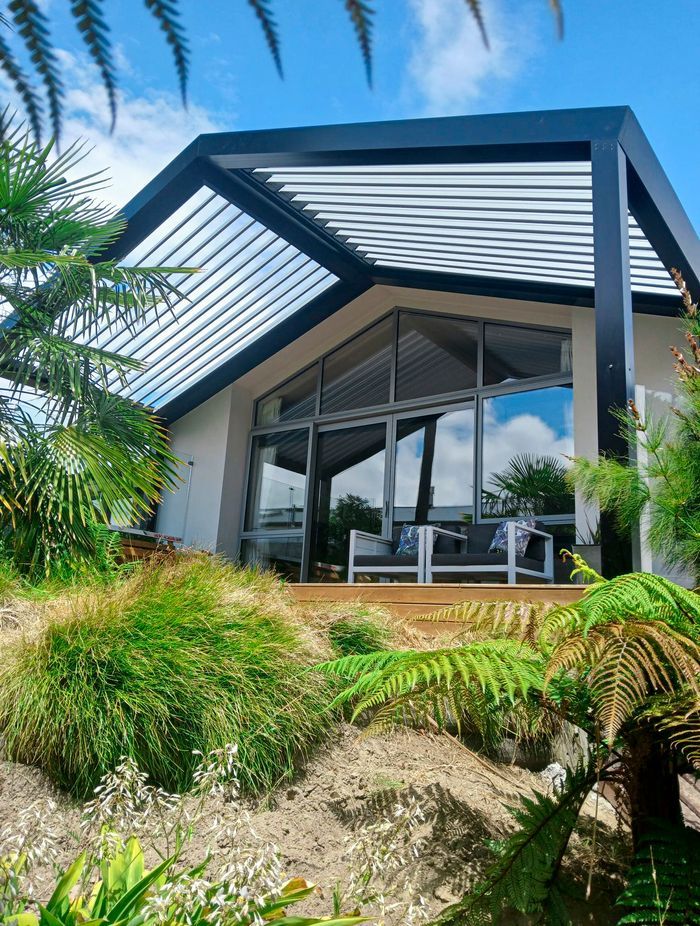
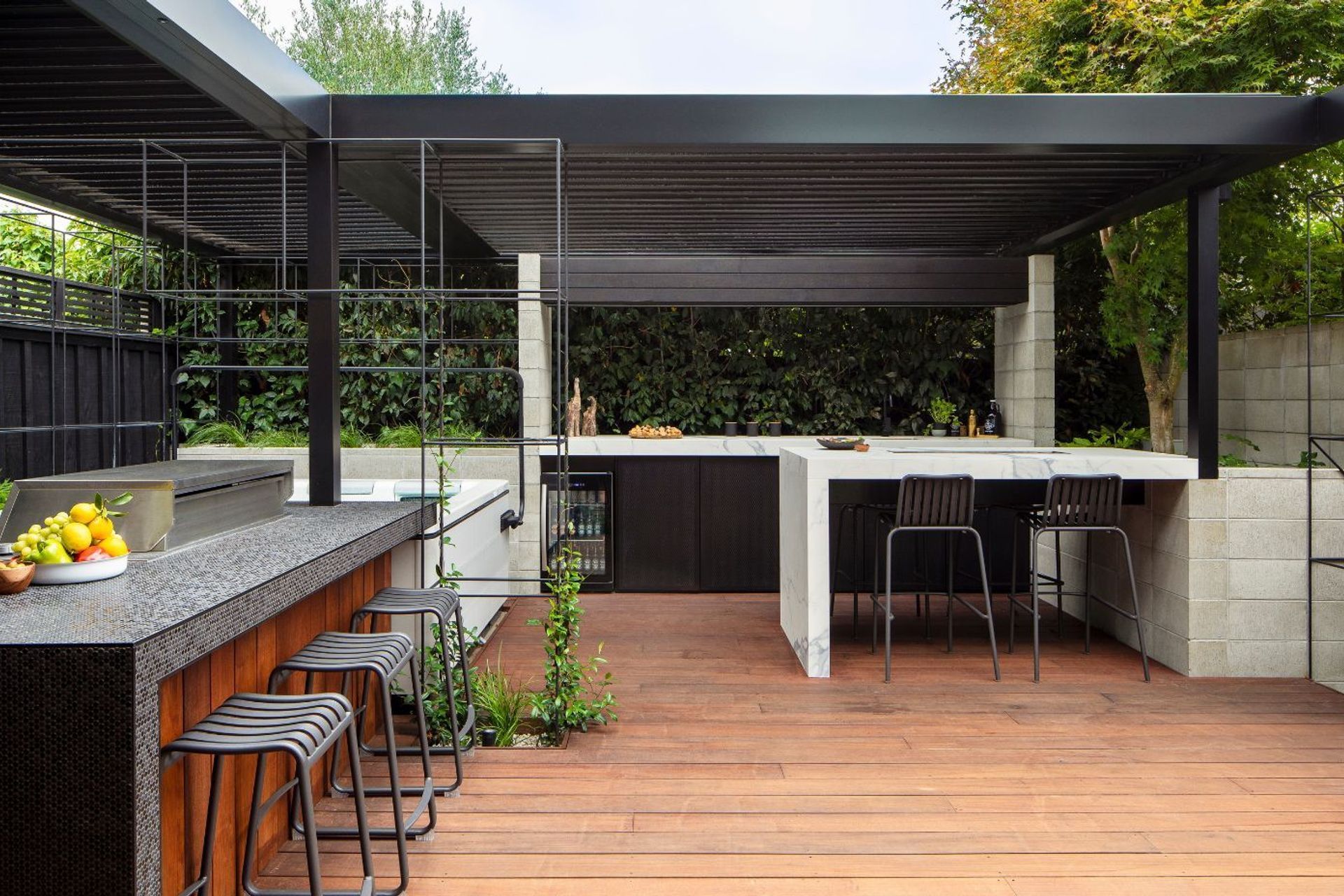
Biophilic design is all about connection – to nature, to those who share your space, and to the areas that truly help you feel tranquil. With the right architectural elements, like louvres and frameless glass, you can transform your home into a sanctuary that blends beauty with function.
